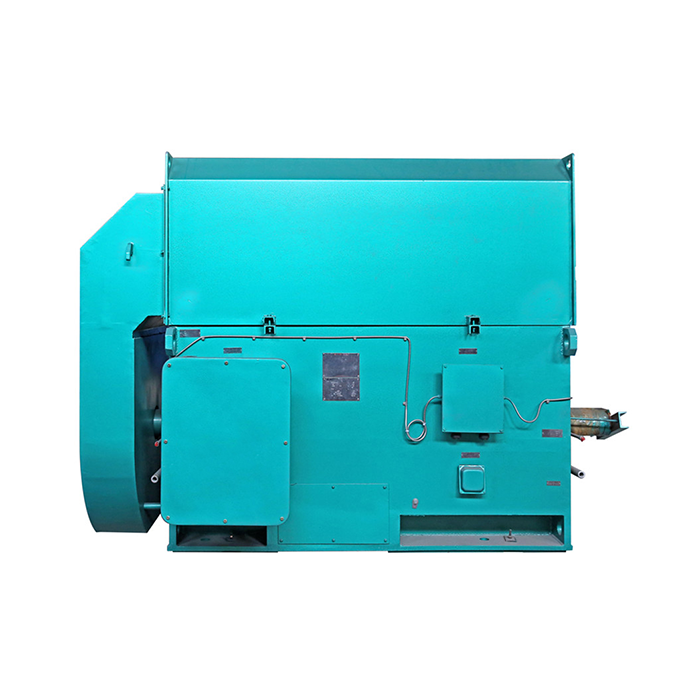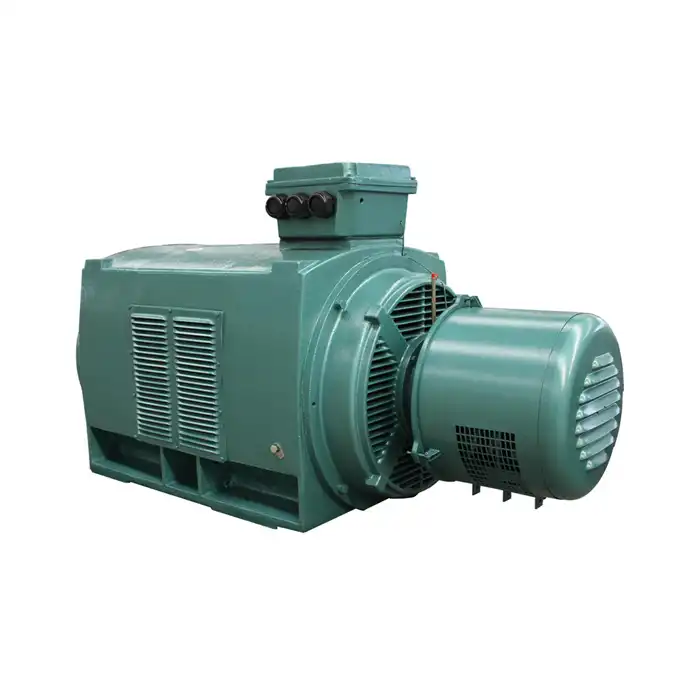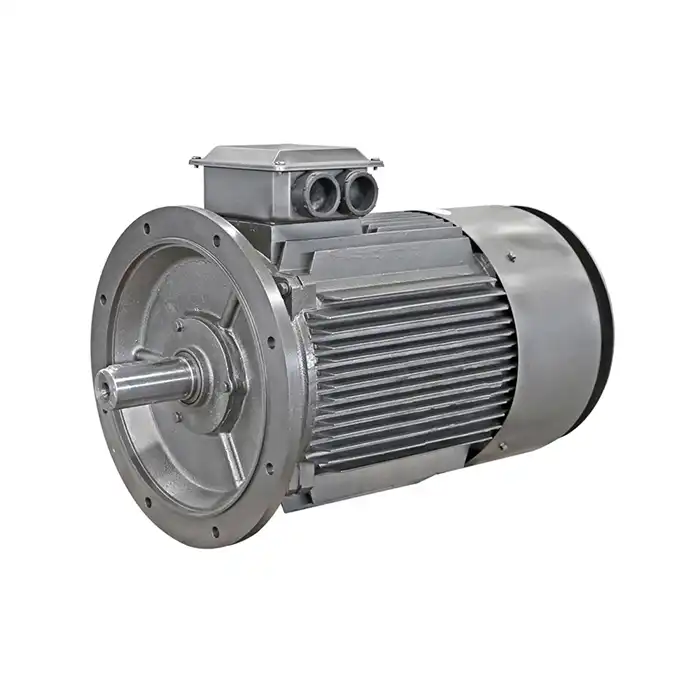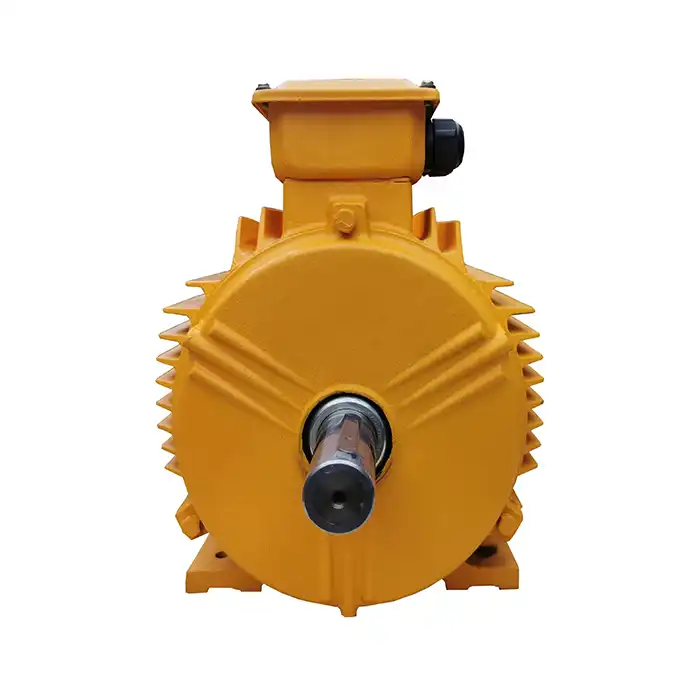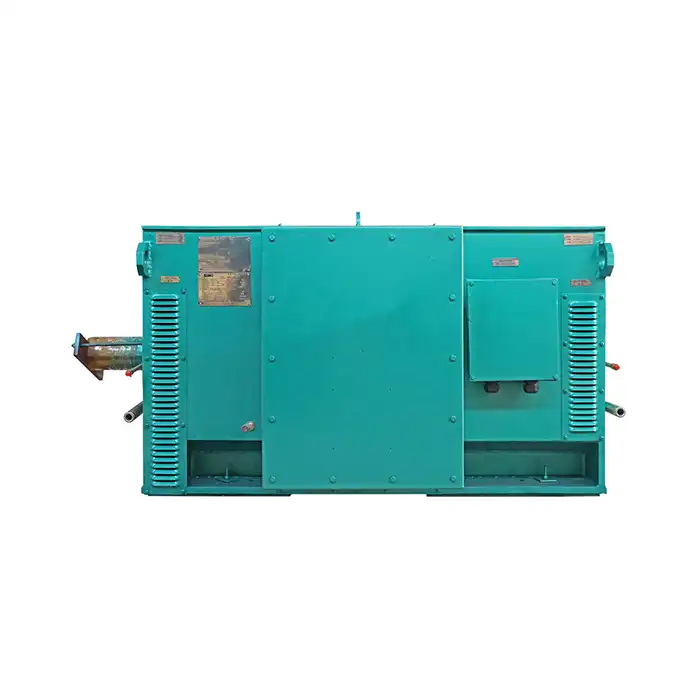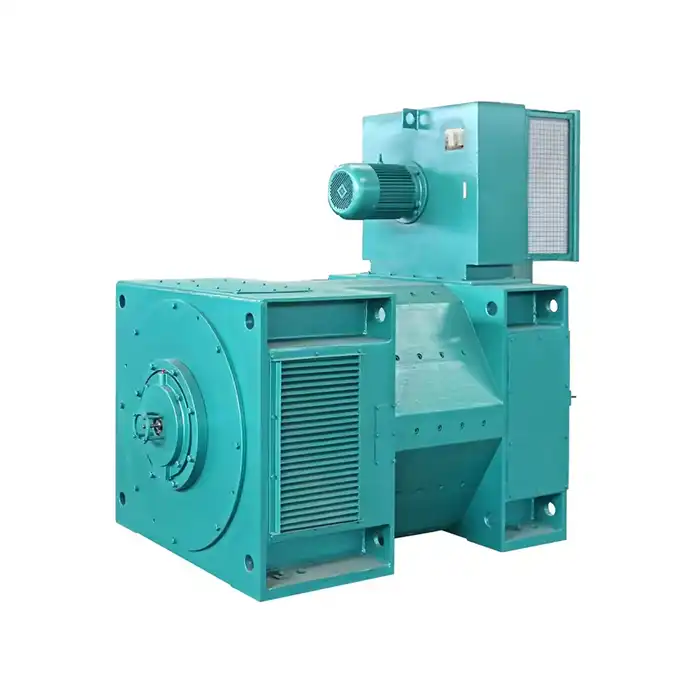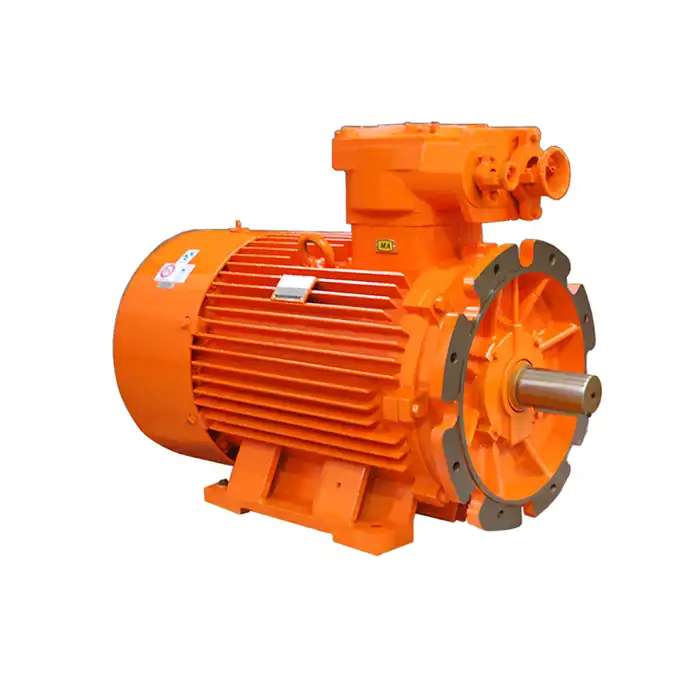How Do I Size an LV Inverter for My Motor's HP Rating?
Selecting the right low voltage AC inverter for your motor is crucial for optimal performance and efficiency. Understanding how to size an inverter based on your motor's horsepower (HP) rating is essential for various industrial applications. This guide will walk you through the process, helping you make informed decisions for your motor control needs.
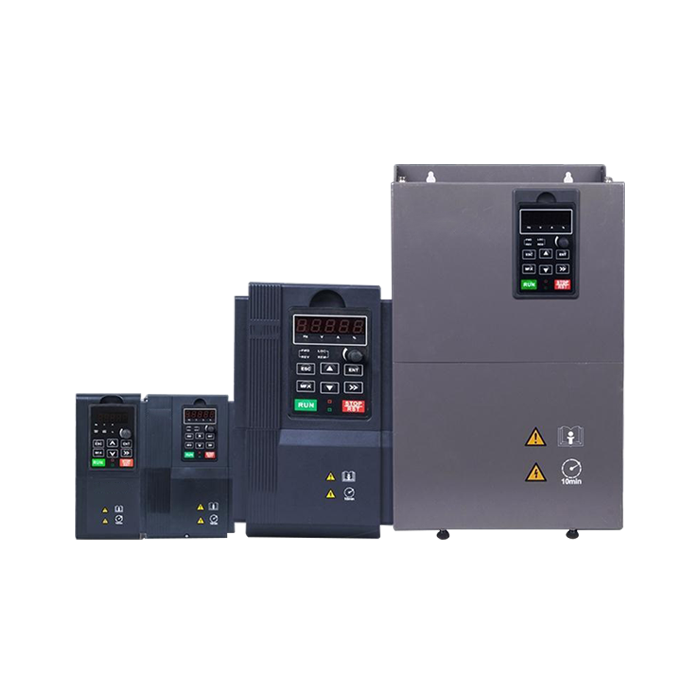
Adaptable motor power range:1.5-450 kW
Application:fans, water pumps.
Advantage:high starting torque characteristics, strong overload capability, strong braking ability.
Certificate: CE
Understanding Motor HP and Inverter Sizing Basics
Before diving into the specifics of sizing a low voltage AC inverter, it's important to grasp the fundamental concepts related to motor horsepower and inverter capacity.
Motor Horsepower Explained
Horsepower (HP) is a standard unit used to measure the power output of a motor, and understanding this is crucial when selecting the correct inverter. It serves as an indicator of the motor’s capability to perform work over time. To put it into perspective, one horsepower is approximately equivalent to 746 watts. This measurement helps determine how much power the motor will consume and, therefore, influences the size and type of inverter required for its operation. It’s important to consider the motor’s horsepower, as choosing an incorrect inverter size could lead to inefficient performance, overheating, or even damage to the system.
Inverter Capacity and Motor HP Relationship
The inverter’s capacity plays a vital role in ensuring smooth operation and longevity for both the motor and inverter. Typically, the inverter’s capacity is given in kilowatts (kW) or horsepower (HP), and it is essential that this capacity matches or slightly exceeds the motor’s HP rating. If the inverter is underpowered, it may struggle to handle the motor’s full load, leading to system failures. On the other hand, an appropriately sized or slightly over-sized inverter offers enough power to accommodate peak load conditions and possible overload situations, ensuring reliable performance and reducing the risk of malfunctions. Proper sizing also improves energy efficiency and minimizes the stress on both components over time.
Calculating Proper Inverter Capacity: A Step-by-Step Guide
Determining the right size for your low voltage AC inverter involves several steps and considerations. Follow this guide to ensure you select the appropriate inverter for your motor's HP rating.
Step 1: Determine Your Motor's HP Rating
The first step is to identify your motor's horsepower rating. This information is typically found on the motor's nameplate or in its documentation.
Step 2: Convert HP to kW
If your inverter's capacity is listed in kilowatts, you'll need to convert the motor's HP to kW. Use the following formula:
kW = HP × 0.746
Step 3: Account for Motor Efficiency
Motor efficiency affects the actual power required from the inverter. Multiply the calculated kW by the motor's efficiency (typically 0.85 to 0.95) to get a more accurate power requirement.
Step 4: Consider Overload Capacity
Many applications require short-term overload capacity. Add 10-20% to your calculated power requirement to account for potential overload situations.
Step 5: Select the Appropriate Inverter
Choose a low voltage AC inverter with a capacity equal to or slightly higher than the calculated power requirement. This ensures your inverter can handle the motor's demands under various operating conditions.
Common Pitfalls in LV Inverter Sizing for Motors
Avoiding common mistakes in sizing low voltage AC inverters is crucial for ensuring optimal performance and longevity of your motor system.
Undersizing the Inverter
One of the most frequent errors is selecting an inverter with insufficient capacity. This can lead to overheating, reduced performance, and premature failure of both the inverter and motor.
Overlooking Starting Torque Requirements
Some applications require high starting torque, which may necessitate a larger inverter than what the motor's steady-state HP rating suggests. Be sure to consider the starting torque demands of your specific application.
Ignoring Environmental Factors
Environmental conditions such as altitude and ambient temperature can affect inverter performance. Higher altitudes and temperatures may require derating the inverter's capacity.
Neglecting Future Expansion
When sizing your low voltage AC inverter, consider potential future increases in motor load or system expansion. Choosing an inverter with some additional capacity can accommodate future growth without requiring a complete system upgrade.
Mismatching Inverter and Motor Voltage
Ensure that the inverter's output voltage matches your motor's rated voltage. Mismatched voltages can lead to poor performance and potential damage to the motor.
Proper sizing of low voltage AC inverters for your motor's HP rating is essential for achieving optimal performance, efficiency, and reliability in your industrial applications. By following the steps outlined in this guide and avoiding common pitfalls, you can select the right inverter for your specific needs.
Remember that while these guidelines provide a solid foundation for inverter sizing, complex applications may require additional considerations. It's always advisable to consult with experienced professionals or the inverter manufacturer for specific recommendations tailored to your unique requirements.
At Shaanxi Qihe Xicheng Electromechanical Equipment Co., Ltd., we understand the critical role that proper inverter sizing plays in industrial automation, HVAC systems, energy production, and various other applications. Our team of experts is dedicated to providing high-quality power equipment solutions that meet your specific needs.
Whether you're in manufacturing, process control, renewable energy, or any other industry that relies on efficient motor control, we're here to help. Our low voltage AC inverters are designed to deliver reliable performance, energy efficiency, and adaptability across a wide range of applications.
Ready to find the perfect inverter solution for your motor system? Contact our team of specialists today at xcmotors@163.com. We'll work closely with you to ensure you get the right inverter sized perfectly for your motor's HP rating and your specific application requirements.
References
- Johnson, M. (2022). "Motor Horsepower and Inverter Sizing: A Comprehensive Guide." Industrial Automation Quarterly, 45(2), 78-92.
- Smith, A., & Brown, R. (2021). "Optimizing Low Voltage AC Inverter Selection for Industrial Applications." Journal of Power Electronics, 16(4), 231-245.
- Technical Committee on Motor Drives. (2023). "Best Practices in Sizing Variable Frequency Drives." IEEE Transactions on Industry Applications, 59(3), 1852-1865.
- Wilson, E. (2022). "Common Mistakes in VFD Sizing and How to Avoid Them." Plant Engineering Magazine, 76(5), 42-48.
- Lee, S., & Park, J. (2021). "Environmental Factors Affecting Inverter Performance: A Case Study." International Journal of Electrical Power & Energy Systems, 128, 106736.
- Rodriguez, C. (2023). "Future-Proofing Industrial Motor Systems: Strategies for Inverter Selection." Industrial Energy Management, 37(2), 112-125.



